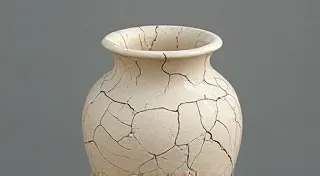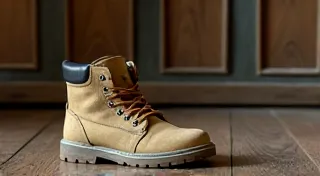The Curator's Dilemma: Preservation vs. Accessibility
The quiet hum of gears, the satisfying click of a lever, the almost meditative rhythm of calculation – these aren’t just sounds; they's the echoes of a lost era, captured within the intricate mechanisms of antique adding machines. As a curator, I find myself drawn to these objects not just for their historical significance, but for the tangible connection they offer to a time when calculation was a deliberate, mechanical act, a testament to human ingenuity rather than a silent computation handled by invisible processors.
My workspace isn't a sterile lab; it’s a workshop overflowing with brass, steel, and the ghosts of clerks long gone. Each machine tells a story. There's the Brunsviga, its elegant Art Deco design hinting at the optimism of the Roaring Twenties. The Marchant, a workhorse of offices, bearing the subtle scars of countless hours of dedicated service. And the Colt, a testament to the rapid industrialization of the late 19th century. They weren't merely tools; they were symbols of progress, of increasing efficiency, and of a burgeoning office culture.
But these beautiful machines face a constant battle – the inexorable march of time. Rust, corrosion, and the fragility of aged components threaten their existence. The dilemma that confronts me, and countless other museum curators and private collectors, is this: how do we balance the imperative to preserve these objects with the desire to make them accessible, to allow the public to experience the wonder of these mechanical marvels?
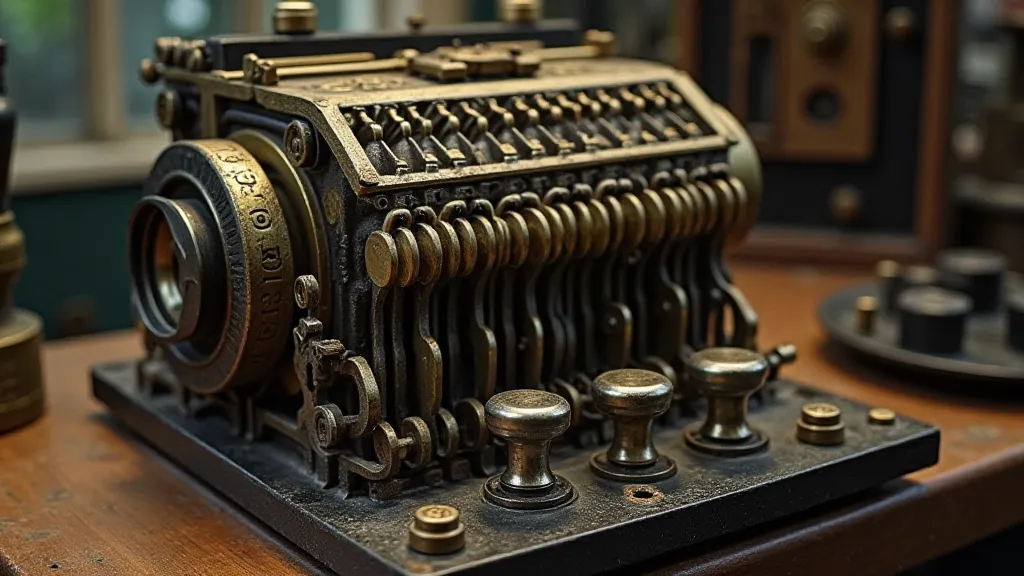
The Weight of Responsibility: Preservation First
The guiding principle of preservation is, and must always be, minimal intervention. The idea is to stabilize the machine, prevent further deterioration, and document its current condition meticulously. This often means resisting the temptation to ‘fix’ things. A dent in the casing isn’t a flaw to be erased; it's a testament to the machine's history. A faint inscription, a smudge of ink, these are all part of the story. Each imperfection, however small, holds a potential clue to the object's journey.
The process itself can be painstaking. Cleaning involves carefully removing layers of accumulated grime and oil, using solvents and techniques designed to avoid damaging the original finish. Disassembling a machine for inspection is a delicate operation, often requiring specialized tools and a deep understanding of its mechanics. Even the act of lubrication requires caution – using the wrong type of oil can accelerate deterioration.
Sometimes, intervention is unavoidable. A corroded gear might need to be painstakingly cleaned, a cracked casing carefully repaired. But even then, the goal isn't to restore the machine to a pristine, factory-fresh condition. The aim is to stabilize it, to ensure its survival for future generations, while respecting its history and its imperfections.
The Allure of Functionality: Accessibility and Demonstration
But there’s a tension inherent in this philosophy. These machines were *made* to be used. Their purpose was to perform calculations, to facilitate commerce, to contribute to the growth of industries. To keep them locked away in a darkened display case, untouched and unused, feels almost disrespectful to their original intent.
The desire to demonstrate their functionality is a powerful one. To see these intricate mechanisms whirring and clicking, to hear the satisfying ‘ding’ of the final total, is to experience a tangible connection to the past that a static display simply cannot provide. Imagine trying to truly understand the power of a steam engine without seeing it operate, or the beauty of a hand-carved violin without hearing its music.
However, repeated operation inevitably introduces wear and tear. Gears can strip, levers can break, and delicate components can become damaged. The very act of making these machines accessible can also contribute to their deterioration. It’s a precarious balancing act.
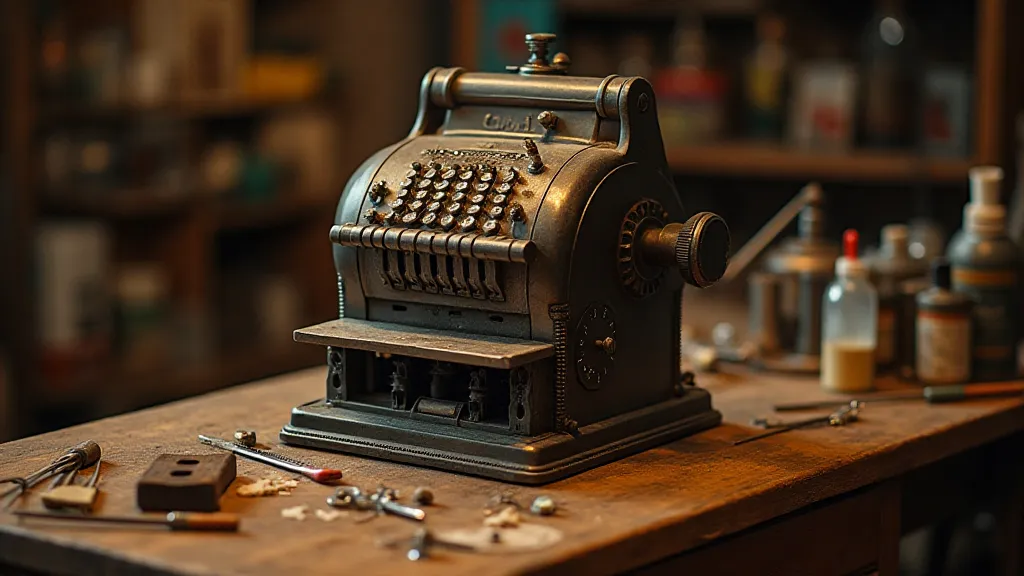
Finding the Middle Ground: Controlled Operation and Education
The solution, I believe, lies in finding a middle ground – a carefully managed approach that prioritizes preservation while still allowing for controlled operation and public engagement. This might involve designating specific machines for demonstration, limiting the number of operating cycles, and establishing strict protocols for handling and maintenance.
Education is also crucial. By explaining the mechanics of these machines, by sharing their history, and by demonstrating their value as historical artifacts, we can inspire a sense of appreciation and respect among visitors. Showing the delicate balance between preservation and accessibility can itself be a powerful educational experience. Many visitors are surprised to learn that ‘restoration’ doesn’t necessarily mean a return to a pristine, new state; it’s often about halting deterioration and preserving what remains.
Perhaps the most rewarding aspect of working with antique adding machines is the opportunity to share their story. I recall one young boy, mesmerized by the rhythmic clicking of a Brunsviga. He peppered me with questions, eager to understand how it worked, how it was used, and why it was important. Witnessing his genuine fascination, his desire to learn, reinforced my belief in the power of these machines to connect us to the past and to inspire future generations.
Moreover, interacting with these machines fosters a deeper understanding of the ingenuity and craftsmanship of the era. The precision engineering, the careful selection of materials, the attention to detail – it's all a testament to the dedication of the artisans who created them. They weren't just building machines; they were creating objects of beauty and utility, objects that would endure for generations.
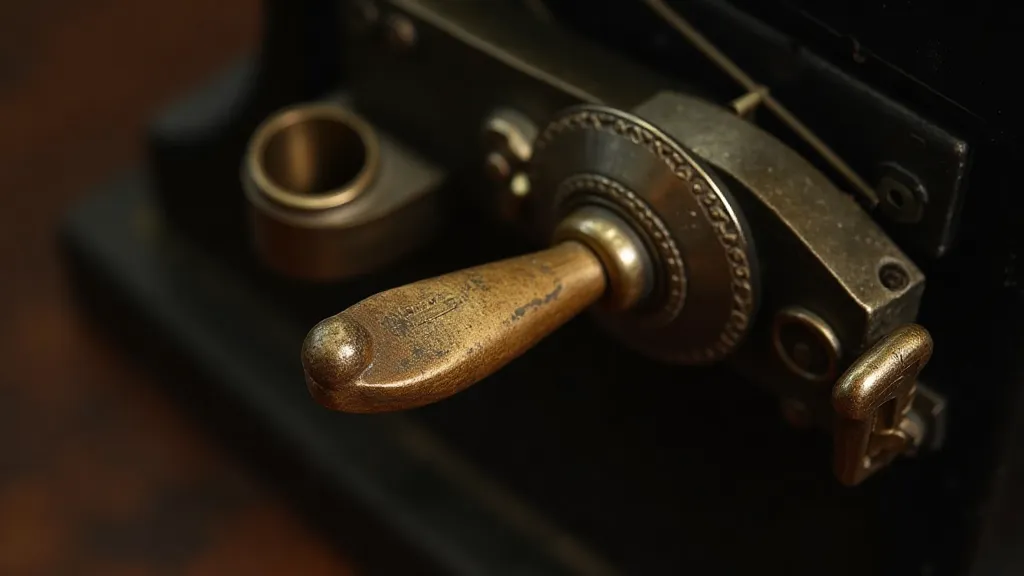
A Legacy of Calculation
The curator's dilemma – preservation versus accessibility – is a challenge that we must confront with thoughtfulness and a deep respect for the objects entrusted to our care. These antique adding machines are more than just mechanical devices; they are tangible links to our past, symbols of human ingenuity, and testaments to the enduring power of calculation. By finding the right balance between preservation and accessibility, we can ensure that they continue to inspire and educate for generations to come, their quiet hum resonating as a reminder of a bygone era of meticulous, mechanical precision.



